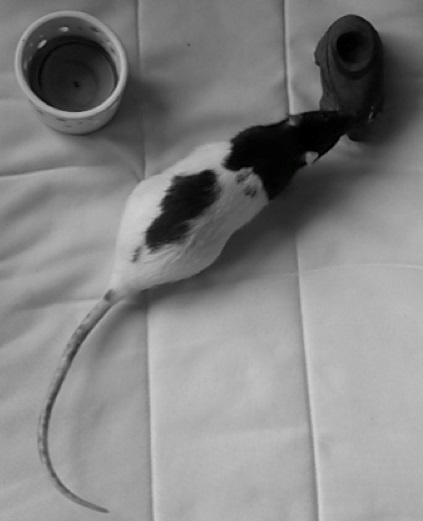New research in the quest to treat memory disorders
Researchers at the University of St Andrews have shown for the first time that some of the standard measures of memory in rodents and humans are likely based on the same cognitive process which could have implications for development of treatments for memory disorders such as Alzheimer’s disease.
One of the most widely used memory tests for rodents is the novel object recognition test, in which animals explore two objects; one of which is new and the other they have seen before.
Rats and mice with good memories spend more time exploring the novel object and this difference in exploration provides evidence that they remember the old object.
Up until now, it has not been clear whether these findings are driven by the degree to which animals remember old things, or the degree to which they prefer to explore new things.

In new research, published today (Wednesday 1 August 2018) in Science Reports, researchers used an eye-tracker to measure the visual exploration of test participants as well as their memory, and their preference for making “new” judgements. The result showed that their novel object recognition scores were far more associated with their memory abilities than their preferences for newness.
One of the research team, Dr James Ainge, of the School of Psychology and Neuroscience at St Andrews said: “This is important as it provides some of the first evidence that the standard memory tests in humans and rats are testing the same cognitive process. If we want to find a treatment or cure for disorders of memory like Alzheimer’s disease then we need to have a test of memory in animals that is analogous to human memory tests.
“This research gives us confidence that future studies using the object recognition test in rats are a valid way of testing the type of memory that humans use to solve standard memory tasks.”
Another member of the research team, Dr Akira O’Connor, said: “This finding is important because it shows that the three million papers in the scientific literature that draw conclusions based on the novel object recognition task are doing so on the solid foundation of the results reflecting animals’ memory abilities.
“Using humans to validate this widely used animal measure allowed us to test people’s memories with minimal instruction, and it showed us that tasks used to test animals’ memory abilities can also tell us a lot about humans’ memory abilities. This opens the door to using simple visual exploration tasks with people who might otherwise struggle to have their memories assessed because of language or other difficulties, like young children, and people with language difficulties.”
Category Research